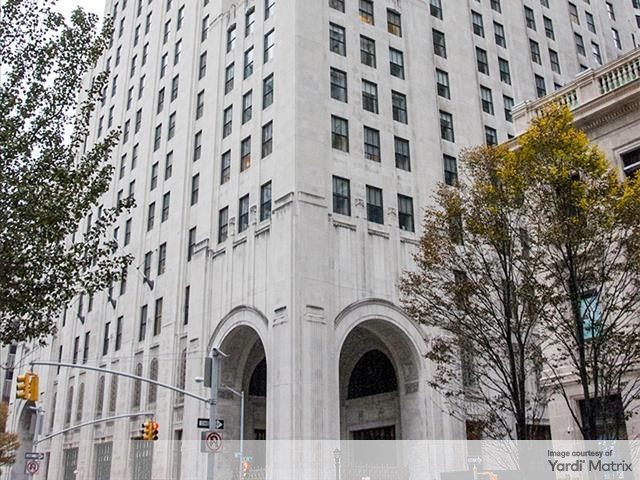CBRE IM Panel: Climbing Out of the Trough
Despite a bottoming out of the current investment cycle, investors are still finding pockets of opportunity.

While harboring consistently optimistic views on the economy, panelists at a CBRE Investment Management press conference acknowledged some of the sector’s structural challenges around capital markets and asset valuations.
Despite a dismal year for property valuations, construction starts and capital raising, the panelists see a relatively robust economy with a clearer outlook fueling a slow resurgence in transaction volumes, giving way to niche, yet effective pockets of investment opportunity.
A tough year, but not a bad one
Following the Federal Reserve’s previous 50-basis-point interest rate cut, alongside another likely slash next week, all indicators point to calmer economic waters for CRE investors. Sabina Reeves, the company’s chief economist & head of insights & intelligence sees the U.S.’ lowest inflation and highest GDP growth among G7 countries through this year, as well as a strong labor market, as positive indicators for real assets investors.
Consequently, Reeves believes that interest rates are likely to remain higher for longer, as the Fed overplaying its hand could undo the steady progress on inflation. This could put an unwanted damper on investors seeking more attainable capital but it is unlikely to impact the longer-term performance of modern logistics properties, data centers and retail properties, now long-time favorites for investors. “(It’s) a combination of leading markets being resilient in the sectors that we love, but there is still a lot of dislocation in capital markets,” Reeves said.
Despite a bump in loan originations in the first quarter of this year, 2024 was the worst year for year-to-date capital raising since 2012, according to data from PERE. $94.1 billion raised in the first nine months of 2024 is the only time since that year where more than $100 billion wasn’t collected from investors.
Further reinforcing this viewpoint is a bottoming-out of property valuations, alongside other capital-intensive areas such as construction starts and loan originations. According to NCREIF data cited by Diann Hsueh, a portfolio manager at the firm, privately owned real estate assets have posted their third-largest decline in values since 1978, the year they began to be measured. “We now have the data to show that the second quarter was the trough for property valuations (and) performance,” Reeves said.
READ ALSO: Will CRE Market Conditions Improve?
Lying in contrast to these slumped statistics is Hsueh’s observations of sovereign wealth funds, family offices and high-net worth individuals returning to the fray en masse, both taking advantage of recently distressed assets and the absence of other borrowers unable to cope with the high capital costs. “It’s a fascinating opportunity to deploy capital, which should persist into 2025 and 2026, Hsueh said.
Playing to strengths
Two areas that greatly interest CBRE IM at the moment are the secondaries and listed markets.
Achal Gandhi, chief investment officer of indirect real estate strategies, sees the secondaries market as having their best time since the Global Financial Crisis, due in part to the very same slow-and-steady normalization of capital markets that Reeves pointed to. By buying properties through equity at a discounted rate directly from the investors themselves, secondary acquisitions benefit from “pent-up pressure from investors on the realization of proceeds,” according to Gandhi. “(This) opportunity will remain for 18 months, as transaction volumes recover gradually,” Gandhi said. The result? “You can get a day one value gain,” from the secondaries market, according to Gandhi.
The listed markets, with more than $70 billion in unsecured debt, “feel like the early 90s with cost access,” according to Joseph Smith, the company’s chief investment officer for listed real estate strategies. “This access to capital is an unbelievable advantage, and it’s just beginning,” Smith added. In fact, the high interest rates are beneficial to the publicly traded companies, as they have less competition with private investors when capital costs are higher while its availability is scarce. “If I could wave my wand, I would not have the Fed change rates,” Smith quipped.







You must be logged in to post a comment.